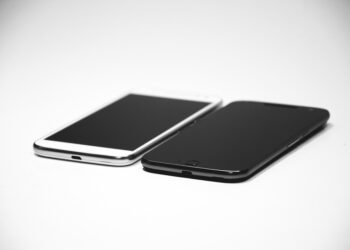Select Language:
If you’ve already tried restarting your device, unpairing, and pairing your Apple Watch again without success, and it still drains the battery quickly, don’t worry—you’re not alone. Batteries can drain fast due to software issues or sometimes even hardware concerns. Here’s a simple step-by-step guide to help you diagnose and potentially fix the problem.
First, the problem could be caused by software compatibility issues between your iPhone and Apple Watch or a glitch in your iPhone’s iOS. To find out, you’ll need to do a few tests.
Start by unpairing your Apple Watch and then erasing it completely. This process resets the Watch to factory settings. You can find detailed instructions for this step in the resources below. Once erased, back up your iPhone—preferably to your computer if possible—to save your data.
Next, restore your iPhone to its factory settings. When you do this, your iPhone should reboot to the initial “Hello” screen, just like when it was brand new. Afterward, set up your iPhone as a new device without restoring from a backup. This fresh start helps eliminate any software conflicts.
Now, keep your setup minimal. Only add your essential email accounts, and avoid installing extra apps, social media, or any non-essential software. Think of it as starting fresh with a “vanilla” setup. Also, to prevent potential cloud backup issues, rename your iPhone to “Test iPhone” in Settings > General > About.
Once your iPhone is prepared, pair your Apple Watch with this fresh device. Let both run for about a day and observe how your battery holds up. The goal here is to see if the battery performance improves with this minimal setup.
After this testing period, you can repeat the earlier steps: unpair and erase the Watch again, then restore your iPhone from your original backup. Once everything is back in place, pair the Watch again and see how the battery performs.
Here’s how to interpret your results:
-
If the Watch’s battery lasts much longer after setting up as a fresh device (minimal software) than after restoring your backup, it indicates the issue was probably caused by your iPhone’s software.
- In this case, you have a couple of options.
- Export important data, like photos and documents, to a safe place such as iCloud or another backup. Then repeat the process: erase, restore as a new device, and gradually rebuild. Do not install security or VPN software during this process to keep things simple.
- Alternatively, uninstall apps and profiles one by one until you find what’s draining the battery. This method helps identify problematic software.
- In this case, you have a couple of options.
-
If the battery performs much better after both setups (fresh and restored), it suggests your iOS was corrupted, and the fix was successful. Great job!
-
If your Apple Watch’s battery continues to drain quickly even after these steps, your watch may have a faulty battery. Check the age of your watch and consider visiting Apple Service for a battery test or replacement.
Below are resources for each step, but remember to set aside a few hours for each part of the process:
- Unpair and erase your Apple Watch: Link
- Back up your iPhone: Link
- Turn off Find My and restore your iPhone: Link
- Set up your iPhone as new: Link
- Set up your Apple Watch: Link
- Check your Apple Watch battery health: Link
Follow these steps patiently, and hopefully, you’ll pinpoint what’s causing the battery drain and get your devices running smoothly again.






